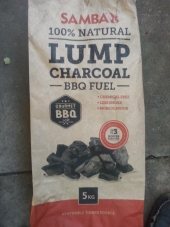I believe I may be able to shed some light on your initial question. There are indeed, redwoods growing in NC in three separate groves, but they are not Coast redwoods (Sequoia sempervirens).
In 1995, I created the Crescent Ridge Dawn Redwoods Preserve, and as the name suggests, they are dawn redwoods (Metasequoia glyptostroboides), not coast redwoods. We did indeed, have three groves: Grandmothers Grove, Lower Meadow and Beaver Meadow. As the latter may indicate, beavers are present in the area and cut down 125-150 trees, ruining 15 years' worth of research and 15% of the project.
We currently have around 200 trees left, with the largest at 60 feet or so, with a diameter over a foot. Further info about the project and the history of the dawn redwood can be found at dawnredwood.org.


